Step into a 600-year-old time capsule at Beijing’s Forbidden City (故宫, Gùgōng), the world’s largest surviving palace complex.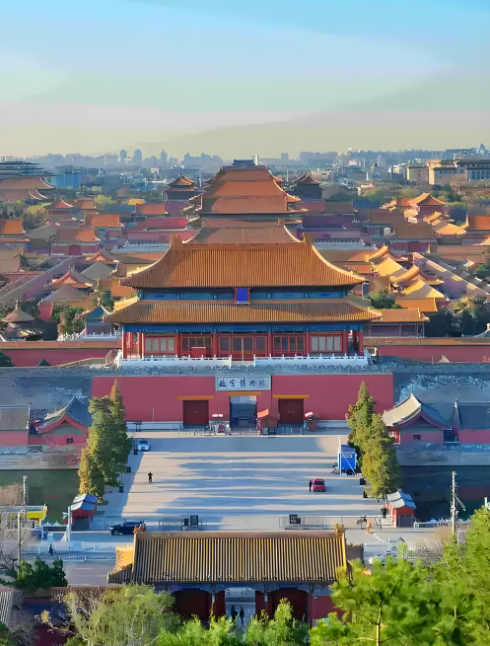
Home to 24 Ming and Qing emperors, this UNESCO World Heritage Site mesmerizes with its crimson walls, golden roofs, and tales of power, art, and intrigue. Discover why this 178-acre marvel remains China’s crown jewel of cultural tourism.
A Palace Built to Rule Heaven and Earth
Constructed between 1406–1420 under Emperor Yongle, the Forbidden City was designed as a cosmic mirror. Its 9,999 rooms (one less than Heaven’s mythical 10,000) and south-north axis alignment symbolized the emperor’s divine mandate.
For five centuries, it served as China’s political heart—guarded, secretive, and accessible only to royalty and officials.
Architecture That Speaks in Symbols
Every detail whispers imperial ideology:
Yellow Glazed Tiles:
Reserved for emperors, representing Earth’s centrality.
Meridian Gate (Wǔmén):
The towering entrance where victory proclamations echoed.
Hall of Supreme Harmony (Tàihé Diàn):
The throne hall for coronations, flanked by bronze lions guarding against evil.
Imperial Garden:
A Zen-like retreat with 400-year-old cypresses and jade rocks.
3 Must-See Treasures Beyond the Crowds
The Clock Gallery (Fengxian Dian):
Marvel at 18th-century British automatons gifted to Qing emperors—mechanical elephants, gold-plated clocks, and a robot that writes Chinese calligraphy.
The Palace of Tranquil Longevity (Ningshou Gong):
Emperor Qianlong’s retirement suite hides a secret: a 2-ton jade carving of Yu the Great taming floods.
The Corner Towers:
These iconic 4-story towers, with 28 roof ridges, showcase ancient earthquake-resistant dougong brackets.
Visiting Tips for a Seamless Experience
Avoid the Rush:
Arrive by 8:30 AM (opens 8:30–5 PM, closed Mondays). Winter offers thinner crowds.
Tickets:
Book online via the Palace Museum’s official site (¥60 April–Oct; ¥40 Nov–Mar).
Guided Tours:
Opt for a 2-hour highlights tour (many include the neighboring Jingshan Park for panoramic views).
Hidden Path:
From the North Gate, walk along the moat for serene photo ops.
Why It’s a UNESCO Star
Scale:
72 football fields of courtyards, halls, and gates.
Artifacts:
1.8 million imperial relics—ceramics, scrolls, and Empress Dowager Cixi’s jade orchid collection.
Legacy:
Inspired Seoul’s Gyeongbokgung and Kyoto’s Imperial Palace.

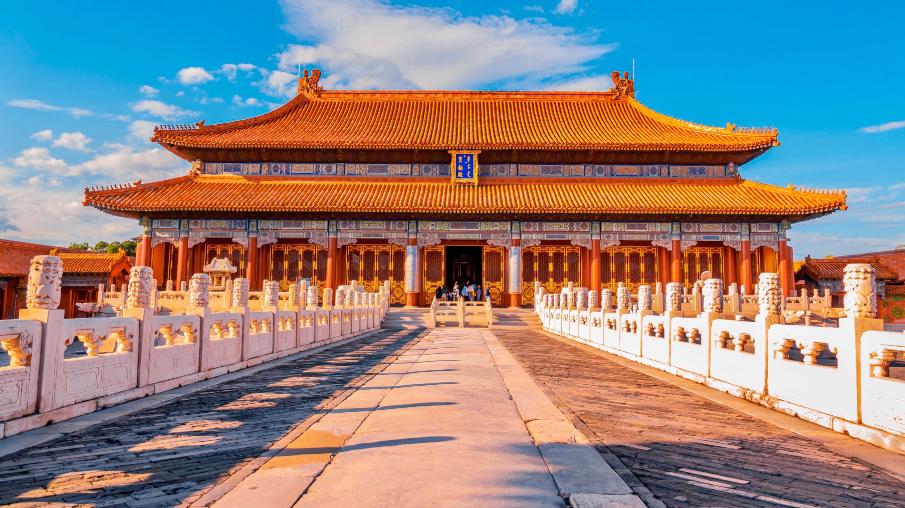
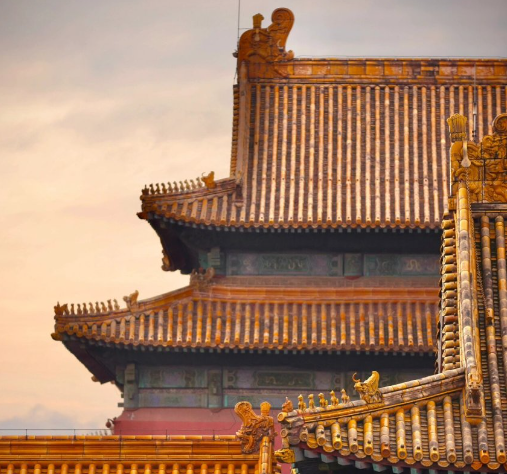
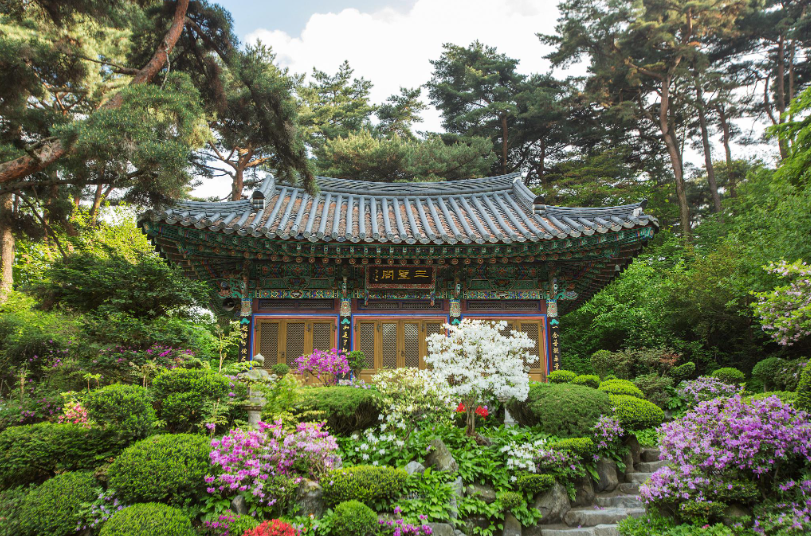
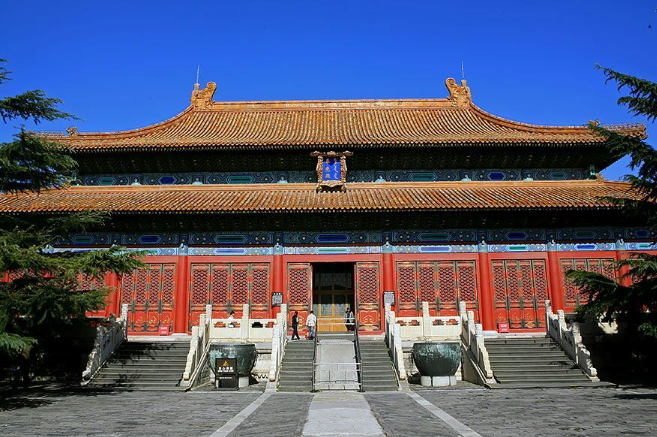
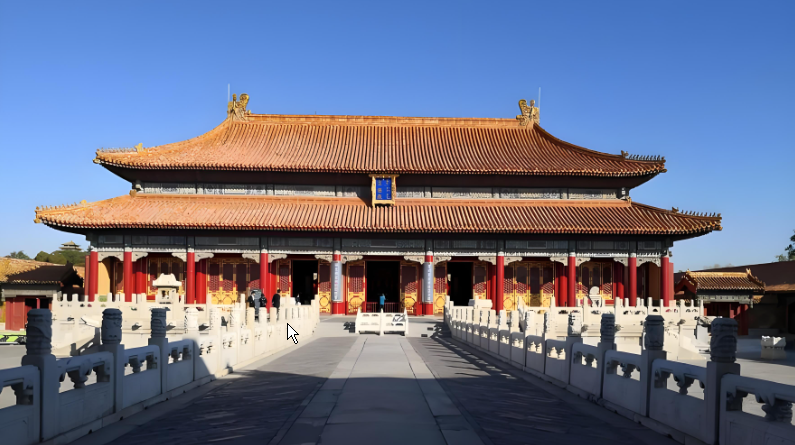
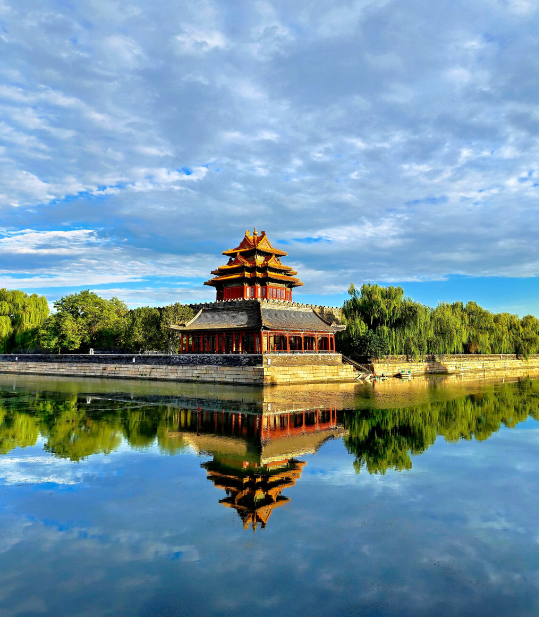
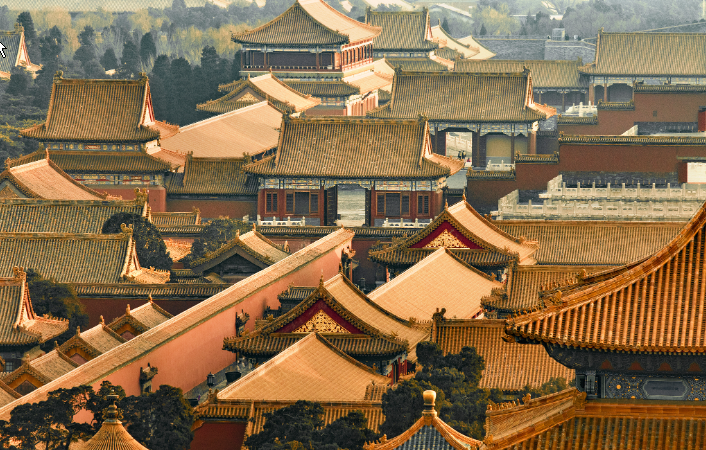
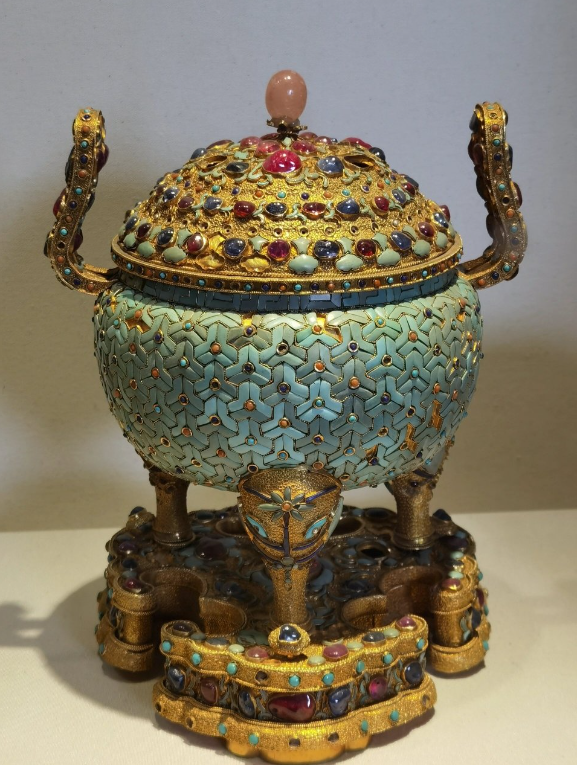












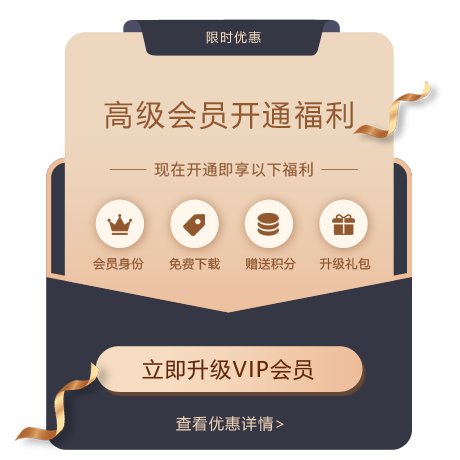
No comments yet